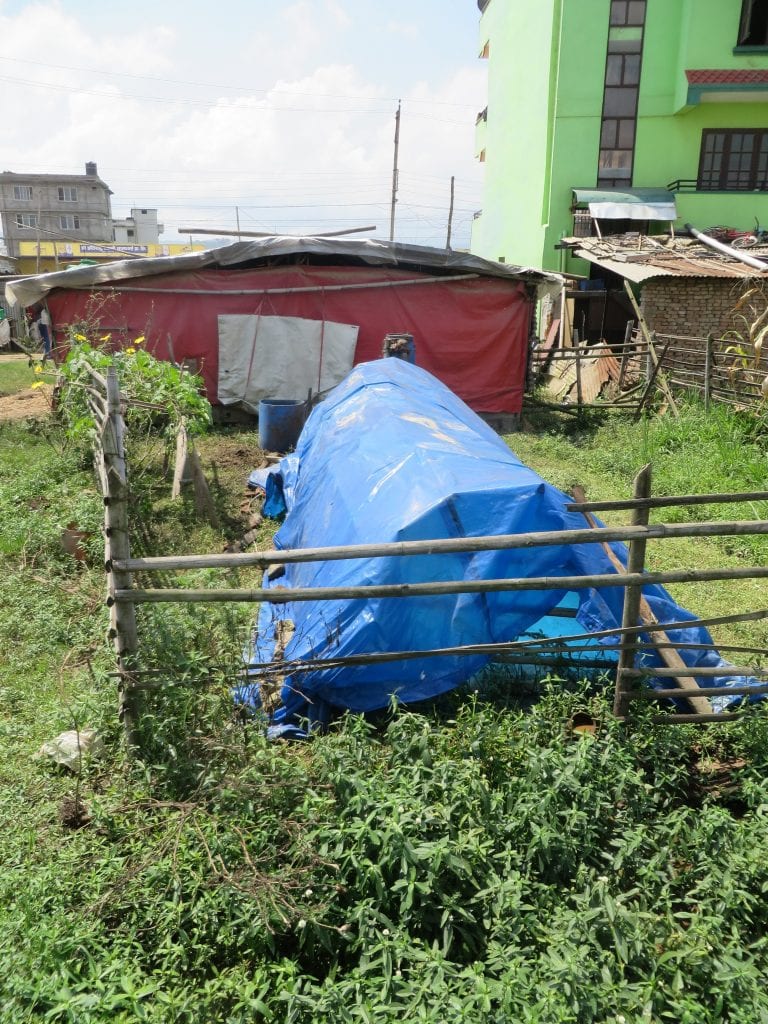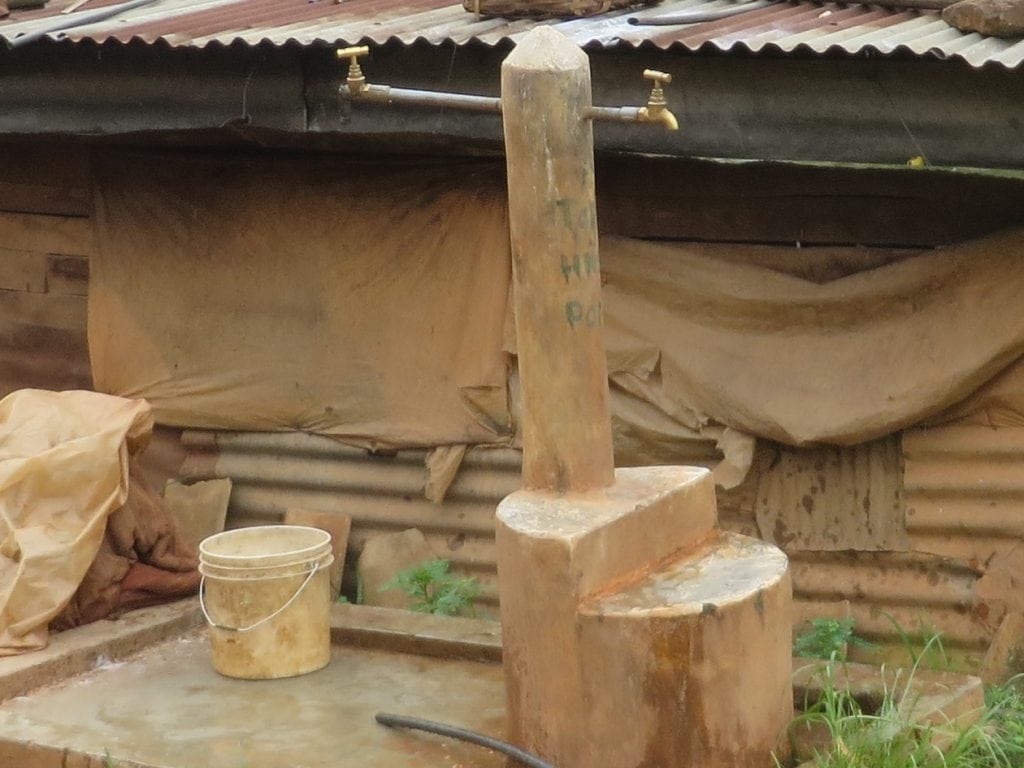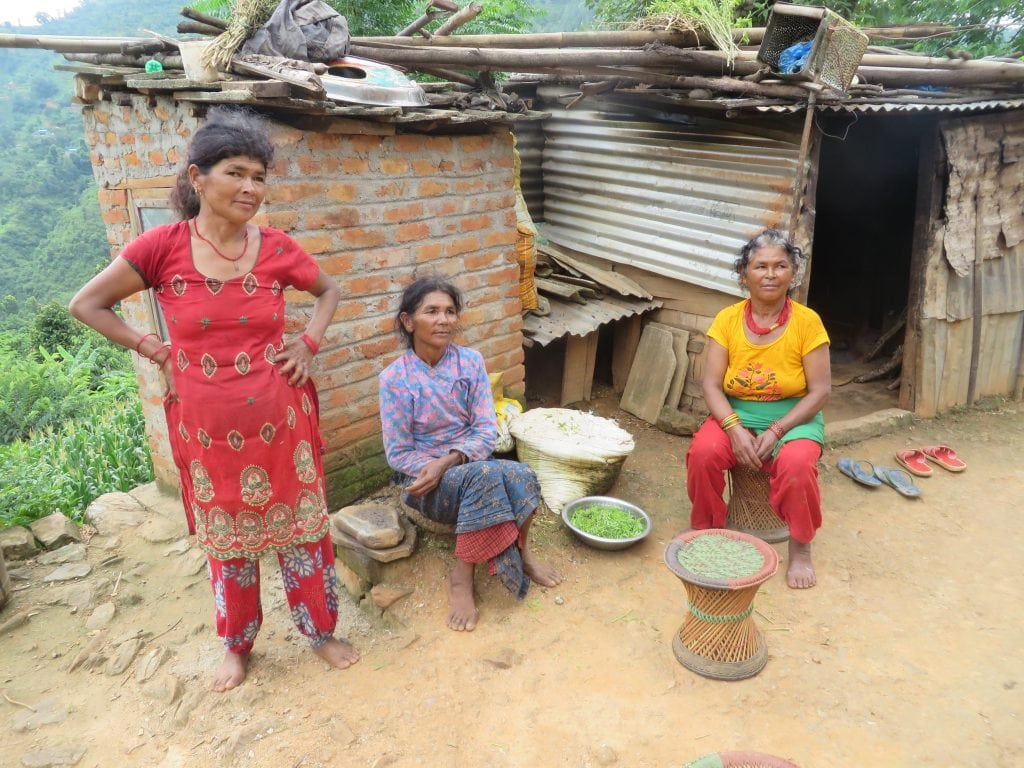Our Trustee Neil Pinto reports back on his recent visit to Nepal
Photos and written content provided by Neil Pinto, Renewable World Trustee
Biogas powered by cow dung
It’s true that the Renewable World biogas project that I was visited in Nepal was powered by cow dung, but this demonstration project was proof that the concept worked in practice.
On the outskirts of Kathmandu, the dairy herd supplied a small inflatable container in which methane was produced and stored. This could either supply back packs which could be carried to houses or fed through pipes to a communal kitchen. I was told that the biogas produced saved the equivalent of up to three large bottles of LPG a month. The output of the biodigester – slurry – could be used as a fertiliser adding to the project benefit.
This relatively simple technology is perfect to help rural communities become more energy self-sufficient. Although the pilot project has proved itself, further refinements would enhance gas production. At present only half of the cows in the herd – a total of some 30 cattle – supplied the digester, meaning that output could be doubled. Capital costs could be reduced by maximising the use of local materials. As always, it’s all down to raising money to further develop and roll the technology out to more communities.

Solar water pumping
The following day I travelled an hour and a half outside Kathmandu to visit a solar powered water pumping project. The pump was located adjacent to a river, and the water was pumped 100 meters up the steep hillside to a concrete tank above the village, from where is was gravity fed to taps in the middle of the village.

Again, relatively simple technology, but making a real difference to the villagers. By way of context, the village had been badly affected by the earthquake which hit Nepal in April 2015, killing 9000 people across the country. Houses had been rebuilt with corrugated iron, and crops could only be grown in the monsoon season. Water had to be collected from the river by hand – a round trip of 2 hours with a very heavy load.
Since the commissioning of the solar powered water pumping project, it was now possible to collect potable water from the taps in the village. Hoses supplied by the taps allowed irrigation of crops around the year, increasing yields and the level of economic activity. The impact of the project on the village has been significant across several levels. The corrugated iron buildings were being replaced by brick-built constructions. There also seemed to be a higher level of self-esteem and self-belief in the villagers.

Renewable World is only a small charity, but it was heartening to see the real impact it is making in changing peoples’ lives – and tantalising to see how much more could be done!
I am a Trustee of Renewable World and visited the country at no cost to the charity.